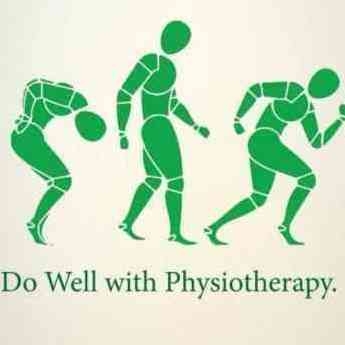+918042754929

This is your website preview.
Currently it only shows your basic business info. Start adding relevant business details such as description, images and products or services to gain your customers attention by using Boost 360 android app / iOS App / web portal.
NECK, SHOULDER, ARM OR HAND PAIN? ⠀ INFRASPINAT...
NECK, SHOULDER, ARM OR HAND PAIN? ⠀ INFRASPINATUS MUSCLE (ISP) ⠀ [ANATOMY, FUNCTION & PATHOLOGY] ⠀ The ISP originates at the infraspinous fossa of the scapula and inserts at the posterior/middle aspect of greater tuberosity of humerus and capsule of shoulder joint. ⠀ It provides the primary muscle force for external rotation of the shoulder. Along with the rest of the rotator cuff muscles it provides stability to the shoulder complex. ⠀ This muscle can contain trigger points (TPs), arranged in a triangular pattern within the belly of the muscle. In my experience, the lower TP is the most common and most active in shoulder complaints. Referred pain from these TPs is experienced deep in the front of the shoulder joint and along the upper arm. The pain may also spill down into the forearm and hand regions in severe cases as you can see on pic 3. ⠀ TPs are activated primarily by some form of muscular overload. In the ISP, overload can occur with any activity or event that requires a person to reach backwards with the arm or that keeps the arm raised to the front for long periods. Examples include: ▪️Throwing sports ▪️Forehand stroke in tennis ▪️Walking a large dog that pulls on the leash ▪️Long hours working at a computer keyboard with no elbow support ▪️bracing for a fall or slip by reaching behind the body ▪️Long drives with the hands positioned on the top of the steering wheel ▪️Beginning a new resistance training (weight lifting) routine will often overload any of the rotator cuff muscles ⠀ Patients with active TPs in this muscle will present with the following symptoms: ▪️Front of shoulder pain (hallmark symptom) ▪️Inability to reach behind the back ▪️Inability to raise arm up to head ▪️Inability to push with arms ▪️Shoulder pain at night ▪️Bicepital Tendonitis: This condition is characterized by tenderness and pain in the biceps brachii (front) region of the upper arm, and is prevalent in baseball pitchers, football quarterbacks and tennis players.

